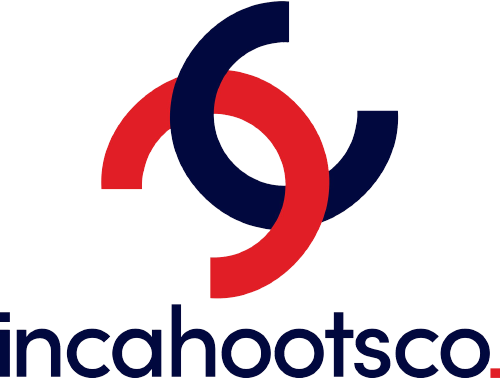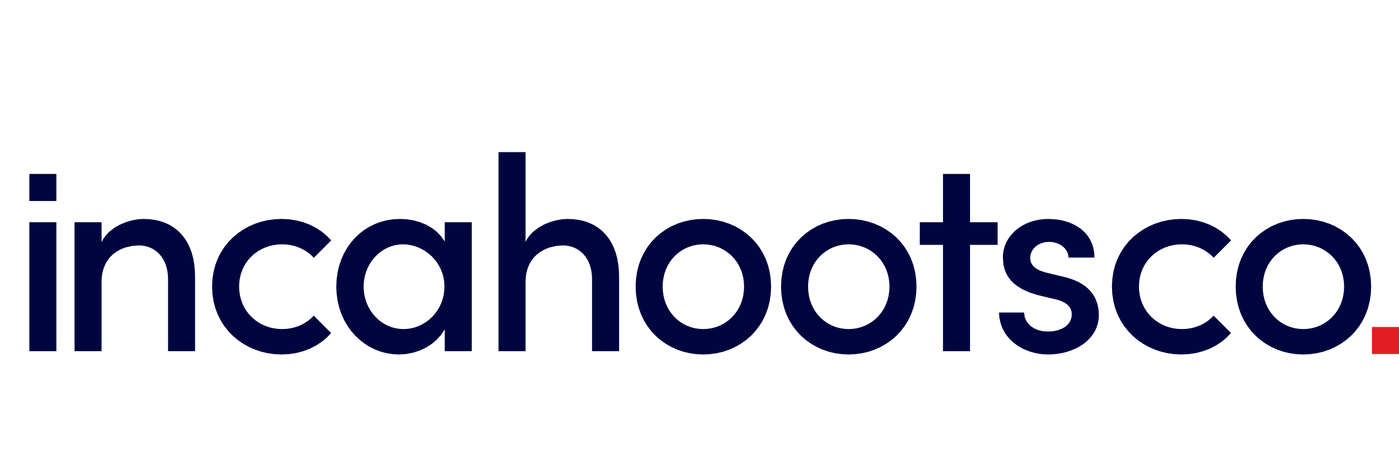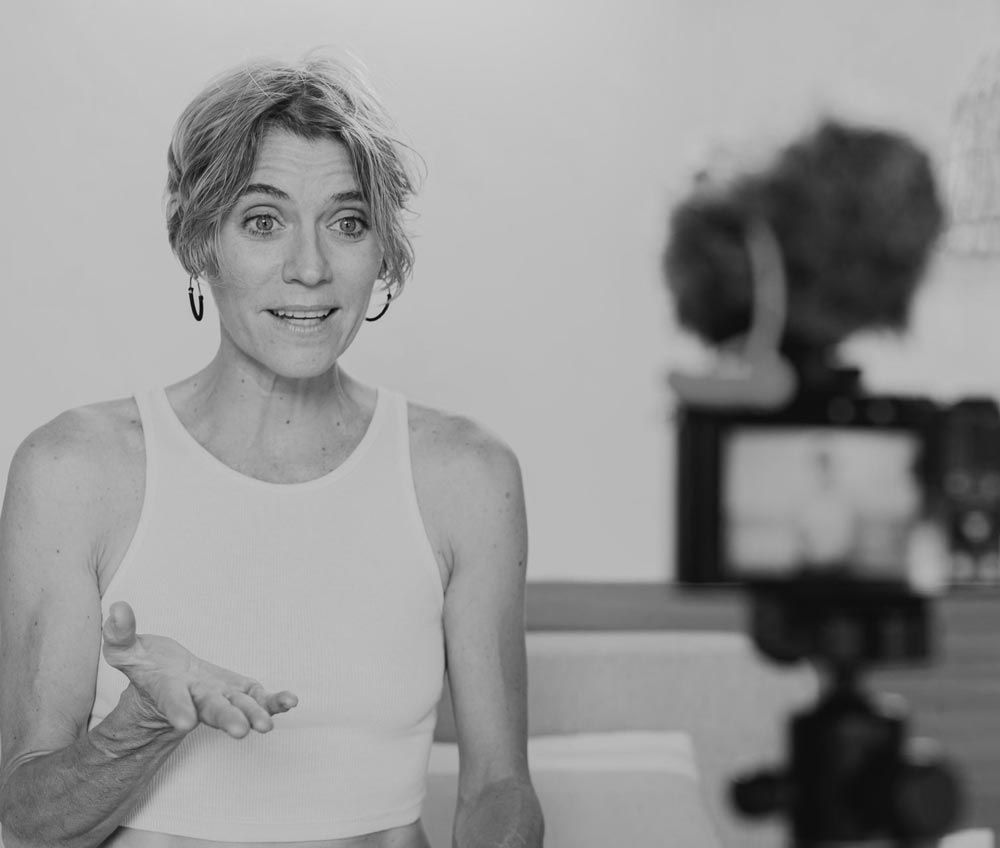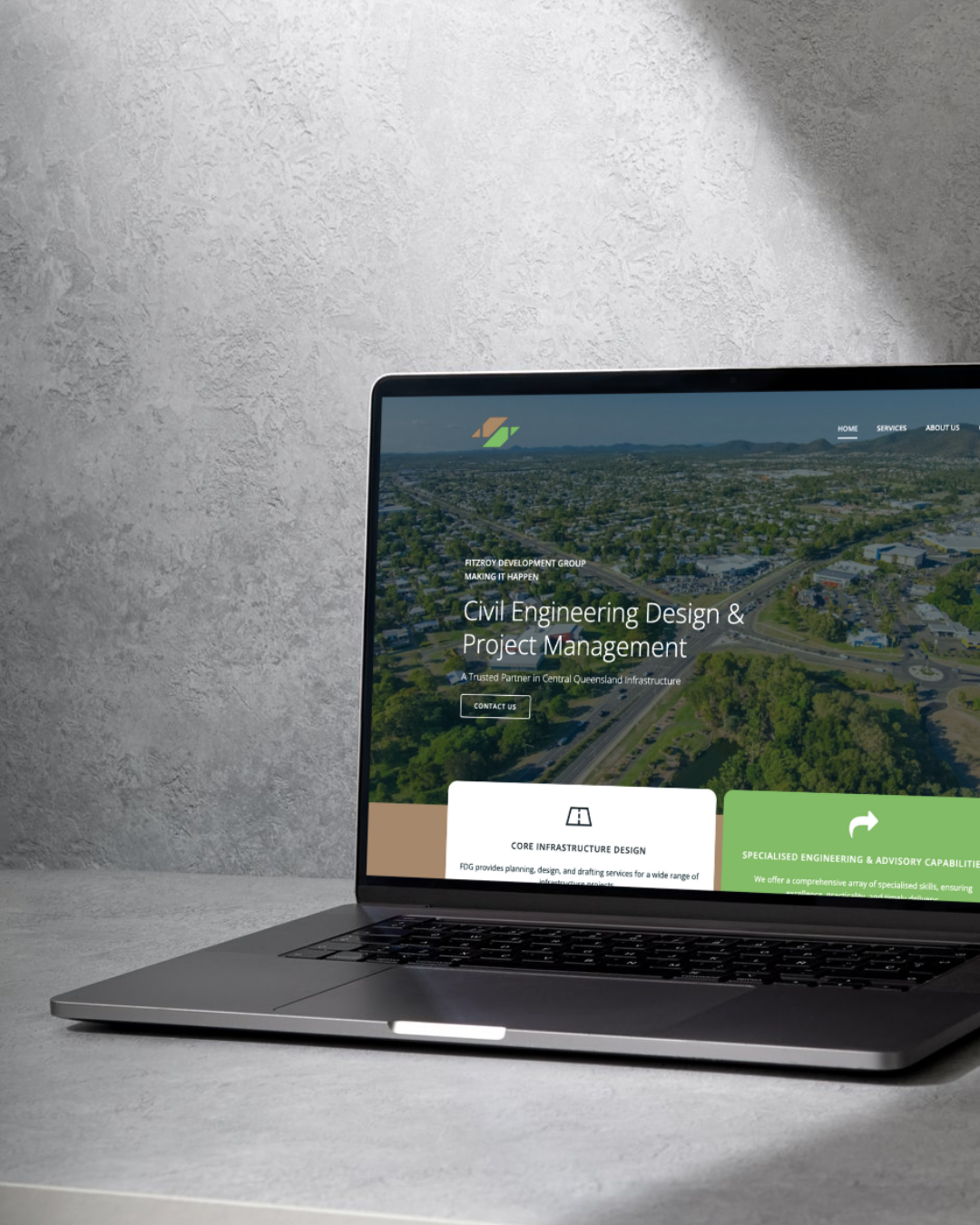Be seen. Be heard. Be found.
How a Marketing Funnel Helps Businesses Using Paid Digital Advertising Like Meta and Google Ads
A well-structured marketing funnel can be a game-changer, guiding customers from awareness to conversion.
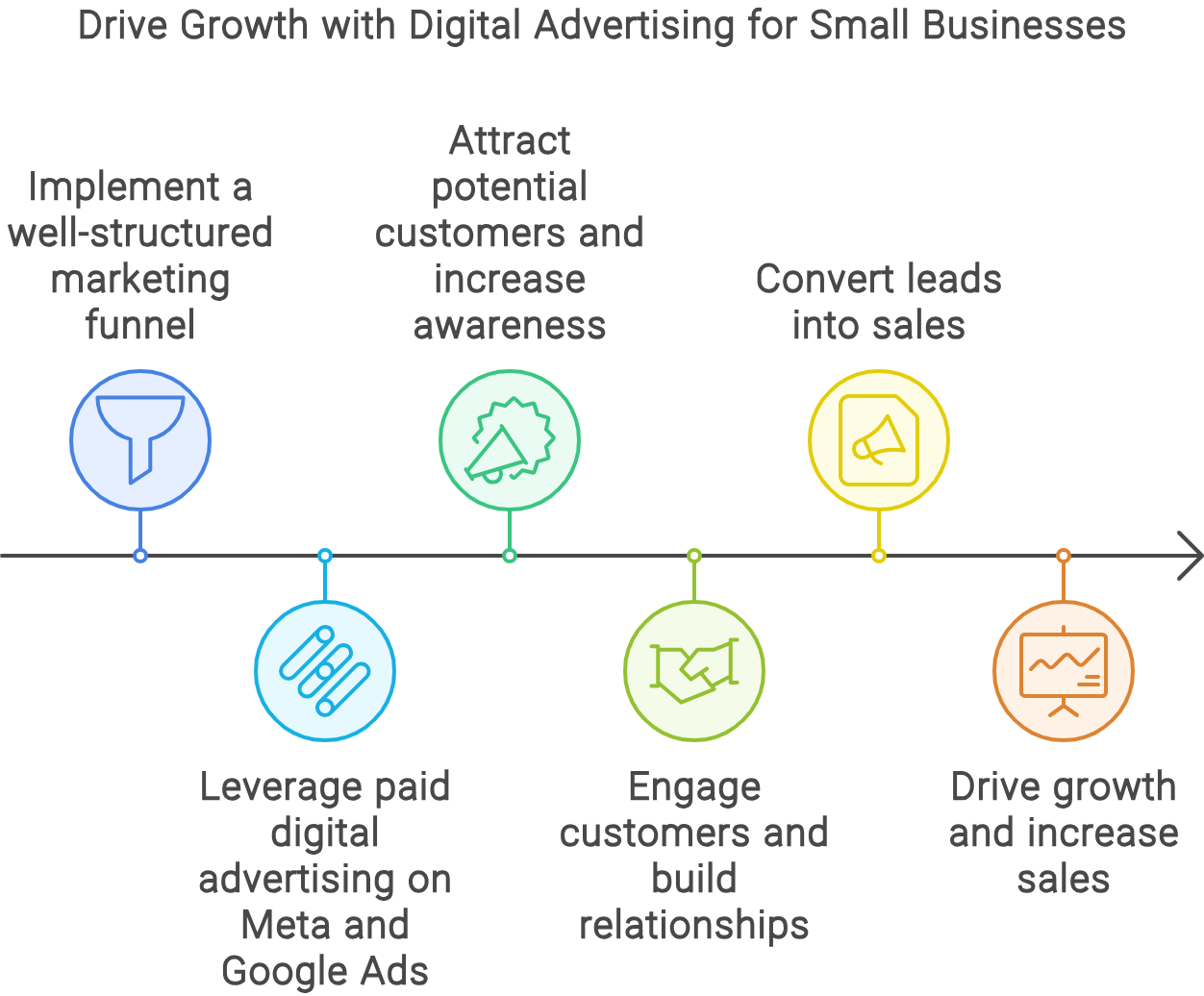
In this little insights piece, we'll explore how Ipswich and Brisbane businesses can leverage paid digital advertising on platforms like Meta (formerly Facebook) and Google Ads to effectively navigate their marketing funnels .... ultimately driving growth and increasing sales or bookings. Simple right? Well there is a bit to it but we'll go over the basics below.
Understanding the Marketing Funnel
You might already know how a marketing funnel works ... but we know many business owners often don't understand the full process. We'll quickly go over it here so we're all on the same page.
In very simple terms, a marketing funnel is a model that illustrates the customer journey from the initial awareness of a product or service to the final purchase decision. It typically consists of several stages: Awareness, Interest, Consideration, Intent, Evaluation, and Purchase. Each stage represents a different level of engagement and interaction with potential customers. We're going to focus on how paid ads play a role in this funnel.
1. Awareness
At the top of the funnel, the goal is to create awareness about your brand and offerings. Paid digital advertising on platforms like Meta and Google Ads can effectively reach a broad audience.
- Meta Ads: Utilise eye-catching visuals and engaging content to capture attention. Target specific demographics and interests to ensure your ads reach the right audience.
- Google Ads: Use search ads to appear when potential customers are actively searching for products or services related to your business. This can help you gain visibility and attract traffic to your website.

2. Interest
Once potential customers are aware of your brand, the next step is to pique their interest.
- Meta Ads: Create informative and entertaining content that resonates with your audience. Consider using video ads or carousel ads to showcase multiple products or services.
- Google Ads: Implement display ads to retarget users who have previously visited your website, reminding them of your offerings and encouraging them to explore further.
3. Consideration
At this stage, customers are evaluating their options. It's crucial to provide them with valuable information that sets your business apart.
- Meta Ads: Share customer testimonials, case studies, or product demonstrations to build credibility and trust. Use lead generation ads to collect contact information for follow-up.
- Google Ads: If you are in retail/e-commerce for example, you could utilise shopping ads to showcase your products with images, prices, and descriptions, making it easier for customers to compare options.
4. Intent
When potential customers show intent to purchase, it's essential to guide them toward making a decision.
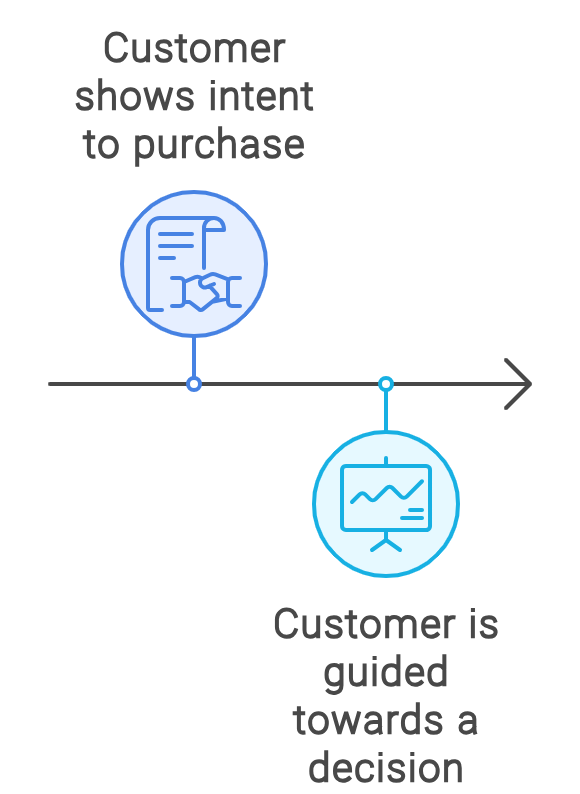
- Meta Ads: Use dynamic ads to show personalised product recommendations based on user behaviour. Offer limited-time promotions or a compelling offer to create urgency.
- Google Ads: Implement re-marketing campaigns to target users who have shown interest in your products, reminding them of what they left behind.
5. Evaluation
During the evaluation stage, customers are weighing their options (think of your own experiences when you have bought products yourself). Providing clear and compelling reasons to choose your business is vital - particularly during cost of living pressures we are experiencing in Australia.
- Meta Ads: Highlight unique selling points, such as free shipping, easy returns, or exceptional customer service. Use ads that encourage users to visit your website for more information.
- Google Ads: Use ad extensions to provide additional information, such as customer ratings, reviews, or FAQs, to help customers make informed decisions.
6. Purchase
The final stage of the funnel is the purchase. Your goal is to make this process as seamless as possible.
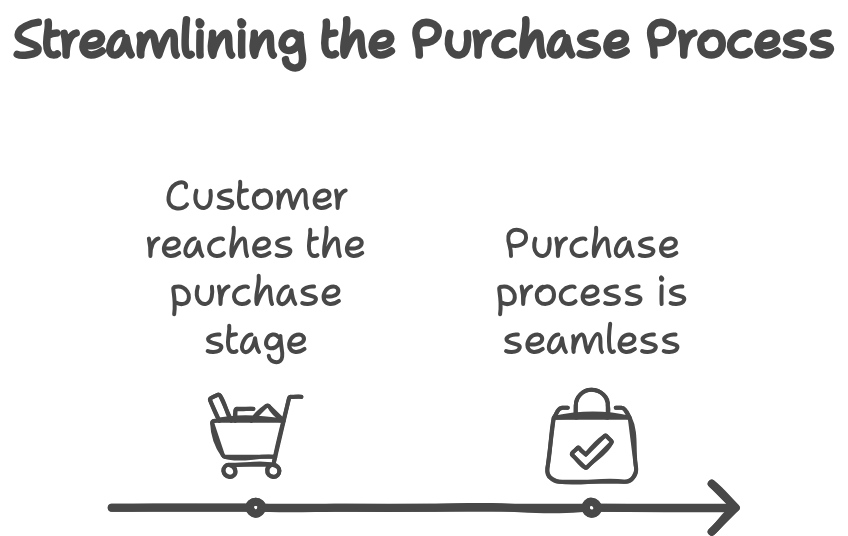
- Meta Ads: Create ads that lead directly to your checkout page or offer a simple way for customers to complete their purchase.
- Google Ads: Optimise your landing pages for conversions, ensuring that they are user-friendly and provide all necessary information to finalise the sale.
Final say ...
Any marketing strategy should be holistic, and not just be purely digital (in my opinion), however, by utilising paid advertising on platforms like Meta and Google Ads, businesses can guide potential customers through each stage of "the funnel", ultimately leading to increased conversions (sales or bookings).
Understanding your audience and tailoring your messaging to their needs at each stage is key to maximising the impact of your marketing efforts ... and we'll talk about that particular aspect in another insights piece soon! Cheers Ben
SEARCH ARTICLE
SOCIAL MEDIA CHANNELS
RECENT POST:
